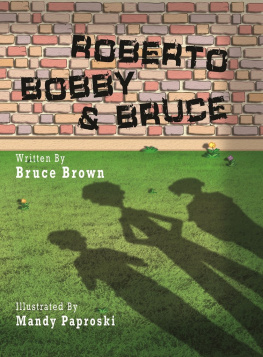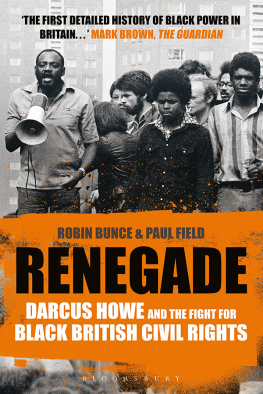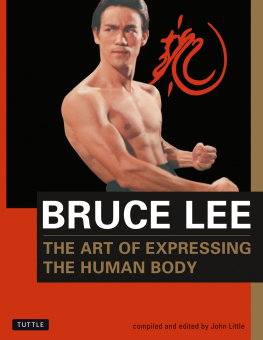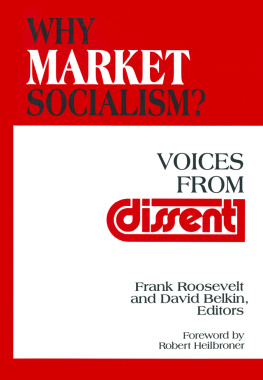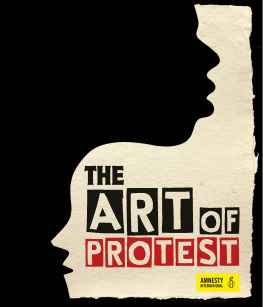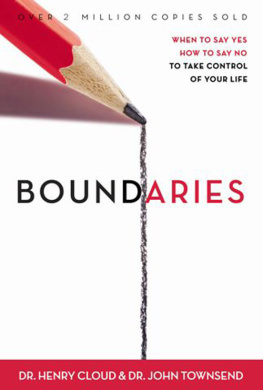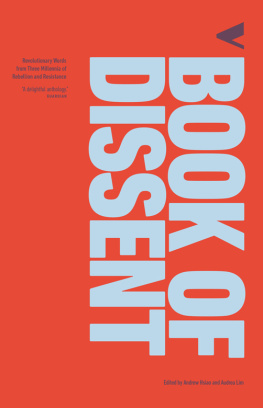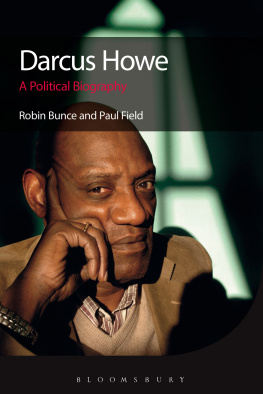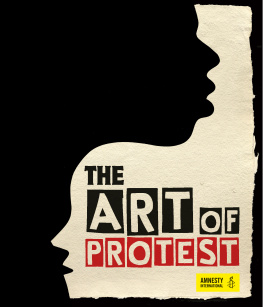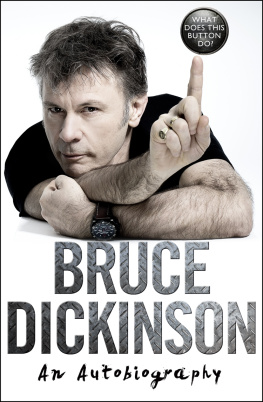Boundaries of Dissent
| Published in 2006 by | Published in Great Britain by |
| Routledge | Routledge |
| Taylor & Francis Group | Taylor & Francis Group |
| 270 Madison Avenue | 2 Park Square |
| New York, NY 10016 | Milton Park, Abingdon |
| Oxon OX14 4RN |
2006 by Taylor & Francis Group, LLC
Routledge is an imprint of Taylor & Francis Group
Printed in the United States of America on acid-free paper
10 9 8 7 6 5 4 3 2 1
International Standard Book Number-10: 0-415-94872-X (Hardcover) 0-415-94873-8 (Softcover)
International Standard Book Number-13: 978-0-415-94872-2 (Hardcover) 978-0-415-94873-9 (Softcover)
Library of Congress Card Number 2005013429
No part of this book may be reprinted, reproduced, transmitted, or utilized in any form by any electronic, mechanical, or other means, now known or hereafter invented, including photocopying, microfilming, and recording, or in any information storage or retrieval system, without written permission from the publishers.
Trademark Notice: Product or corporate names may be trademarks or registered trademarks, and are used only for identification and explanation without intent to infringe.
Library of Congress Cataloging-in-Publication Data
DArcus, Bruce.
Boundaries of dissent : protest and state power in the media age / Bruce DArcus.
p. cm.
Includes bibliographical references and index.
ISBN 0-415-94872-X (hb : alk. paper) -- ISBN 0-415-94873-8 (pb : alk. paper)
1. Protest movements--United States--History--20th century. 2. Protest movements in mass media--History--20th century. 3. Protest movements--United States--Case studies. 4. Mass media--Political aspects--United States--History--20th century. 5. Public spaces--Political aspects--United States--History--20th century. 6. State, The--History--20th century. 7. United States--Politics and government--1945-1989. 8. United States--Politics and government--1989- . 9. United States--Social conditions--1960-1980. 10. United States--Social conditions--1980- . I. Title.
HN59.D38 2005
303.48'4--cd22 2005013429
informa
Taylor & Francis Group
is the Academic Division of Informa plc. | Visit the Taylor & Francis Web site at
http://www.taylorandfrancis.com
and the Routledge Web site at
http://www.routledge-ny.com |
Acknowledgments
The work condensed into this book stretches back to graduate school. A lot has happened in the years since, and Ive accumulated a lot of debts.
The kernel of this project began life as a dissertation. Don Mitchell was a great advisor: both challenging and supportive. I learned a lot from him and can only hope this work follows his example of politically committed scholarship. My dissertation committeeJohn Mercer, Mark Monmonier, Beverley Mullings, and Gerid Thauthailalso offered useful feedback that has informed this book.
During the dissertation research, I benefited from funding from both the National Science Foundation and the Syracuse University Geography Department. More recently, Miami University of Ohio has generously supported me with both research and writing grants. The actual research process has been smoothed by the help of archivists and librarians in various places, most notably at the Minnesota State Historical Society in Saint Paul and at the Harvey G. Mudd Library at Princeton.
Nick Blomley has kindly helped me in a few ways, among them his tracking down a copy of the Tremblay v. Qubec ruling that figures prominently in . Alas, that document is written in French, a language in which I am completely incompetent. I thus consider it good fortune to have run across George Fowler, who helped me out on short notice with an excellent translation of the document.
Colleagues and friends at Syracuse and Miami have provided rewarding diversions as well as productive intellectual exchange; among them are Patricia Ehrkamp, Jim Glassman, Euan Hague, Paul Kingsbury, Nicky Mousset-Jones, Heather Muldoon, Tom Perreault, and Scott Salmon.
My mother and father have always supported my efforts, no matter how odd they may have seemed at the time. More recently, I have spent a lot of time with family in Peru. The list of those Id like to thank is long, but I would particularly like to thank Emperatriz Velarde, as well as her sisters, Yony and Nina, for their support and good humor as well as their fantastic cooking.
Finally, thanks most of all to Jacqueline, for her love, patience, and companionship.
Portions of this book are revised versions of essays that appeared elsewhere. Parts of , Wounded Knee: Native Sovereignty and Media Spectacle, appeared as Protest, Scale and Publicity: The FBI and the H. Rap Brown Act in 2003 in Antipode, 35(4) and as Contested Boundaries in 2003 in Political Geography, 22(4).
Contents
Protest, State Power, and Media Spectacle
In a whole series of events in the past few decades, political protests have placed national identity and state authority in radical question.
Consider three examples separated by time and place. In the 1960s, the Civil Rights movement changed the racial geography of the American South. The legal apartheid of the Jim Crow South tightly regulated who had access to which spaces. Where one could work, where one could eat or drink, and where one could sit on a bus were all structured by the cold logics of what W.E.B. Du Bois metaphorically called the color line. Yet the color line was more than metaphor and, as much as anything, was about the concrete boundaries that separated people and space. To dismantle this system, activists needed to undo its very logic. To wit, the Civil Rights movement creatively transformed everyday spaceslunch counters, bus seats, jail cellsinto contested political sites.
Yet such political spectacles only mattered in the context of a potentially sympathetic audience. In this sense, the Civil Rights movement was not about concrete public spaces alone, but also about access to the larger spatial spheres of mediated symbols. The lunch counter sit-ins that began in Greensboro, NC, were effective in large part because they dramatized that the quasipublic spaces of a restaurant were effectively privatized in the Jim Crow South. The point was made clear to television audiences and news readers throughout the United States and beyond. Likewise, the protests that took place throughout the South were distinguished by their visibility far beyond the specific sites of protest. The centrality of television to the movement was made particularly clear in 1963 in Birmingham, AL, where confrontations between protest marchers and an aggressive police force directed by Bull Connor became big news.
Fast forward twenty-something years, to Beijing. Here, in the spring of 1989, Tiananmen Square became the contested public space in which questions of national identity and state authority played out before satellite-connected 24-hour news networks. The Square itself was a geographical and historical crystallization of these dynamics. Long a traditional site of popular and student protests, Tiananmen Squarethe largest public space in the worldhas also long been an expression of state power. The dual function was crystallized in the monuments to the glory of the state and to the students themselves.
Finally, consider another commonly cited example of an armed uprising in a marginal corner of Mexico. On 1 January 1994, a poorly equipped and trained group of indigenous peasants seized a series of key towns in the state of Chiapas. As Mexican politicians were inaugurating both a new year and a new era of free trade ushered in by NAFTA, the Zapatista movement exploded on the global stage. That the uprising happened on the day NAFTA took effect was no mere coincidence. Zapatista leaders were concerned that the boundary-dissolving drive of the free-trade agreement would put additional pressures on indigenous livelihoods and the lands in which they were rooted. Equally significant, they were concerned about the political process by which Mexicos fate was decided. The seemingly intensely local issue of indigenous land and livelihood was at once also about the place of the nation-state within a wider global arena.


